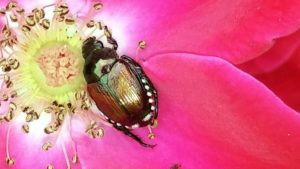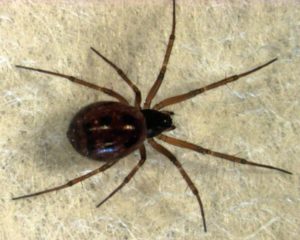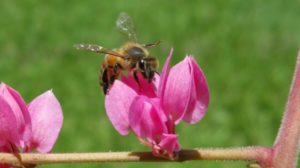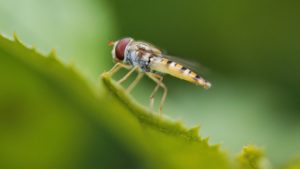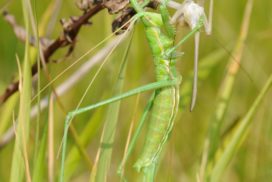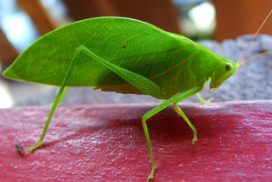HOW IS THE CRICKETS' SOUND MADE?
Crickets are related to katydids (family Tettigoniidae), which are nocturnal insects comprising about 6,000 different species. Another name given to katydids is bushcrickets; you can identify katydids and long-horned grasshoppers by their threadlike antennae, thick ovipositor (the structure used for laying eggs at the females’ posterior) and large hind legs.
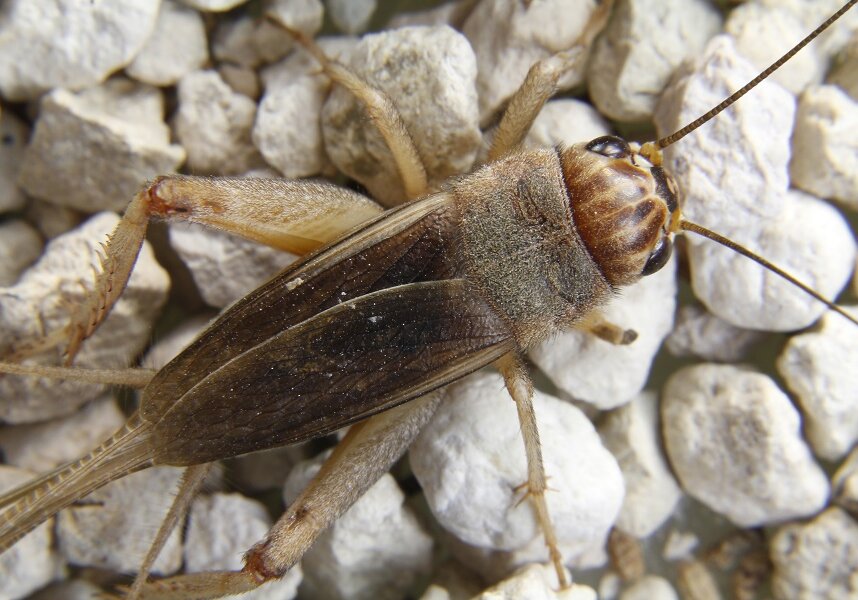
Brown cricket
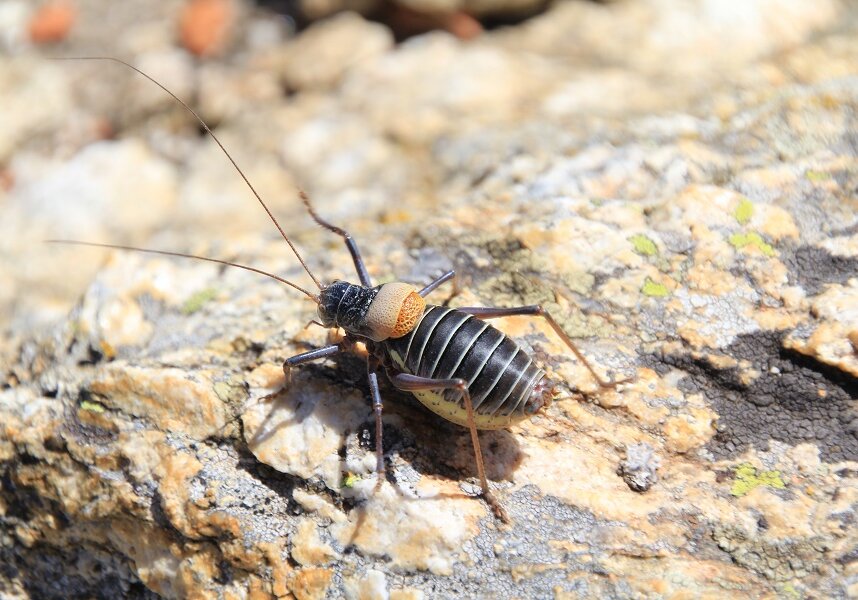
Bush cricket, typical of sierra de Madrid
Crickets and katydids make species-specific calls to mark out territory, attracting mates or for defensive purposes against predators. They produce their characteristic sound or rasping song by rubbing the ridged forewings together.
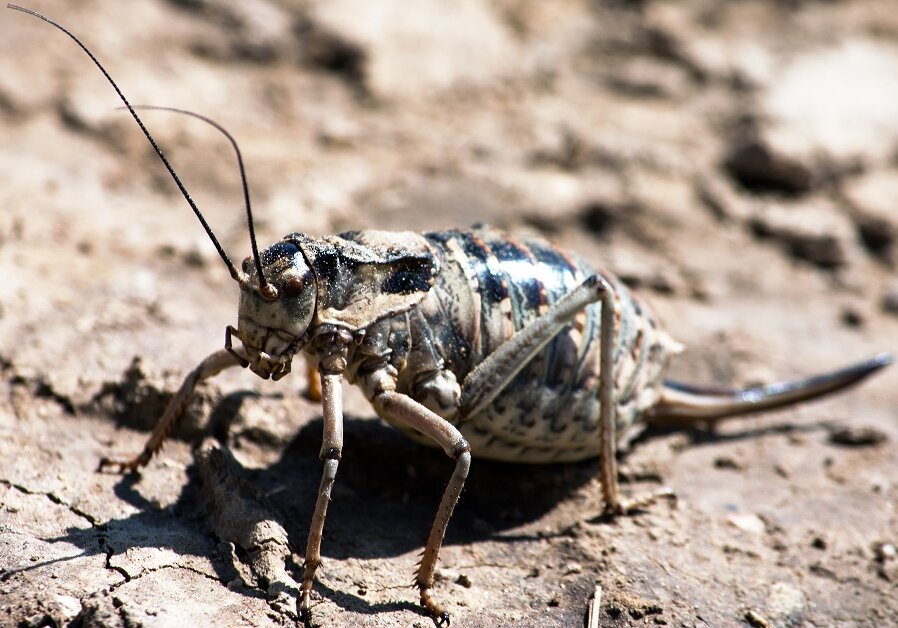
Katydid
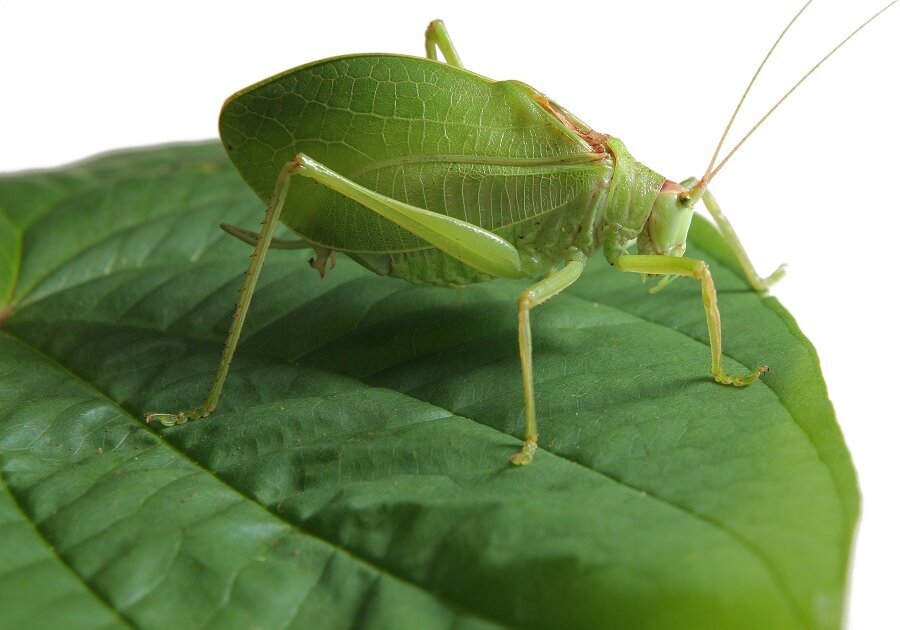
Green katydid
Recent posts
Join us on social media or subscribe!
Sign up to receive our articles in your inbox!
Enter your name and email address below to subscribe.
